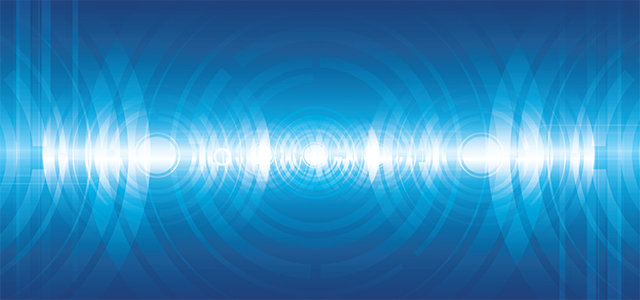Internet of Things (IoT) devices are becoming more prevalent in our daily lives at home, at work and on the go. An IoT device can simply be defined as an object that’s connected to the internet that’s able to collect and exchange data. These objects can communicate data either wired or wirelessly with little to no human intervention. IoT devices can provide notifications of events, predict patterns of behavior, and capture relevant and useful data based on the user’s habits, interests and needs.
IoT-generated notifications can include object health updates and/or requests for inputs or actions. Familiar consumer IoT devices include thermostats, lights, blinds, kitchen appliances and security cameras. In industrial applications, factories typically use machine-to-machine (M2M) systems, or IoT devices in production-line machinery, and even robots to make critical decisions that affect both quality and safety. Within the rail, air and sea transportation networks, and even in the future autonomous car, IoT is a key element of infrastructure communication and decision-making. Isn’t it time for pro audio to take advantage of IoT?
Delivering Enhanced Service
There are multiple advantages for AV integrators to use IoT devices within an audio installation. For starters, systems become easier to use because devices can be controlled and monitored without having to virtual private network (VPN) into the local area network (LAN). Depending on the device’s IoT architecture, two types of data are typically available: hot- and cold-path data analytics.
Hot-path devices provide real-time notifications, allowing the integrator to observe and analyze performance data that is occurring in real time. Cold-path systems gather historical data and enable long-term analytics. With these cold-path analytics, the device can send notifications before a failure occurs or if maintenance is required, notifying the integrator of a proactive service call. With the data, the integrator can make faster and better decisions about service and preventative-maintenance schedules, maintaining the overall system performance. Having a connected IoT device inform technicians of breakdowns and preventative-maintenance recommendations in advance results in optimized system performance and increased system uptime for everyone.
Within a pro-audio IoT device, there could be hundreds of data points available for control, monitoring and/or analysis. This is typically accomplished using web-application software and local-device firmware. Using a web app, the integrator can easily set up a device and monitor performance status. This type of control architecture is perfect for reading real-time meter data.
Critical data sets can be grouped around system I/O such as health, DSP and even external load conditions. Because IoT devices are connected, updates related to security, software and firmware can be downloaded by simply accepting a notification, which is then followed by an over-the-air update. This platform also allows for software plugins, enabling easy integration with other devices within the integrator’s system design.
New Revenue Streams
IoT technology simplifies audio-device installation and configuration, and it improves overall system control and monitoring. This presents an opportunity for an IoT service model and recurring monthly revenue (RMR) for the integrator. Remote scheduled maintenance, along with monitoring and notification of faults and data variances, gives the integrator the opportunity to solve problems before they happen, in real time, with the hot-path analytics.
Implementing a cloud solution further enhances this model by providing advanced data-analytic capabilities with the cold-path analytics, and it allows for manufacturer storage of data like factory presets and firmware updates. Expanding beyond the web app with a mobile app brings in simple notification capabilities and offers further ease of use. The IoT architecture is a solid foundation for building connected integrator solutions that pay back.
IoT Device Security
IoT devices can utilize the same globally accepted security protocols that large organizations like the National Aeronautics and Space Administration (NASA) and Netflix use with the Amazon Web Services (AWS) IoT core. You can read more about the security of this service by visiting aws.amazon.com/security/introduction-to-cloud-security. There are several unique certificates available for IoT devices—for example, the Device Certificate, the SSL Certificate and the Repair Tool Certificate.
The Device Certificate is used for authentication and encryption between the IoT device and the AWS IoT core. This certificate is installed on the device at the factory and cannot be modified or changed, thereby ensuring the intended communication path to the cloud is both authentic and encrypted. The SSL Certificate is used for any communications between devices and the HTTP/Websocket Server. This ensures the communication path while on the LAN cannot be compromised locally. Finally, the Repair Tool Certificate is used when the IoT device is returned for service. This tool gives manufacturers the ability to erase all previous cloud data and any private settings, and then reassign a new certificate to ensure nobody who has access to that device can retrieve any data before the device is put back into service after a repair.
New IoT technology is becoming the foundation of the pro-audio-innovation roadmap. Utilizing cloud connectivity for data analysis and storage will be a huge benefit to the professional integrator for measuring system health, creating and accessing speaker tunings, updating software and firmware, remote monitoring easily over firewalls and more. The future truly lies in building platforms that are secure, flexible and easy to adjust as integrators create recurring-revenue models. IoT is the gateway to that future.
